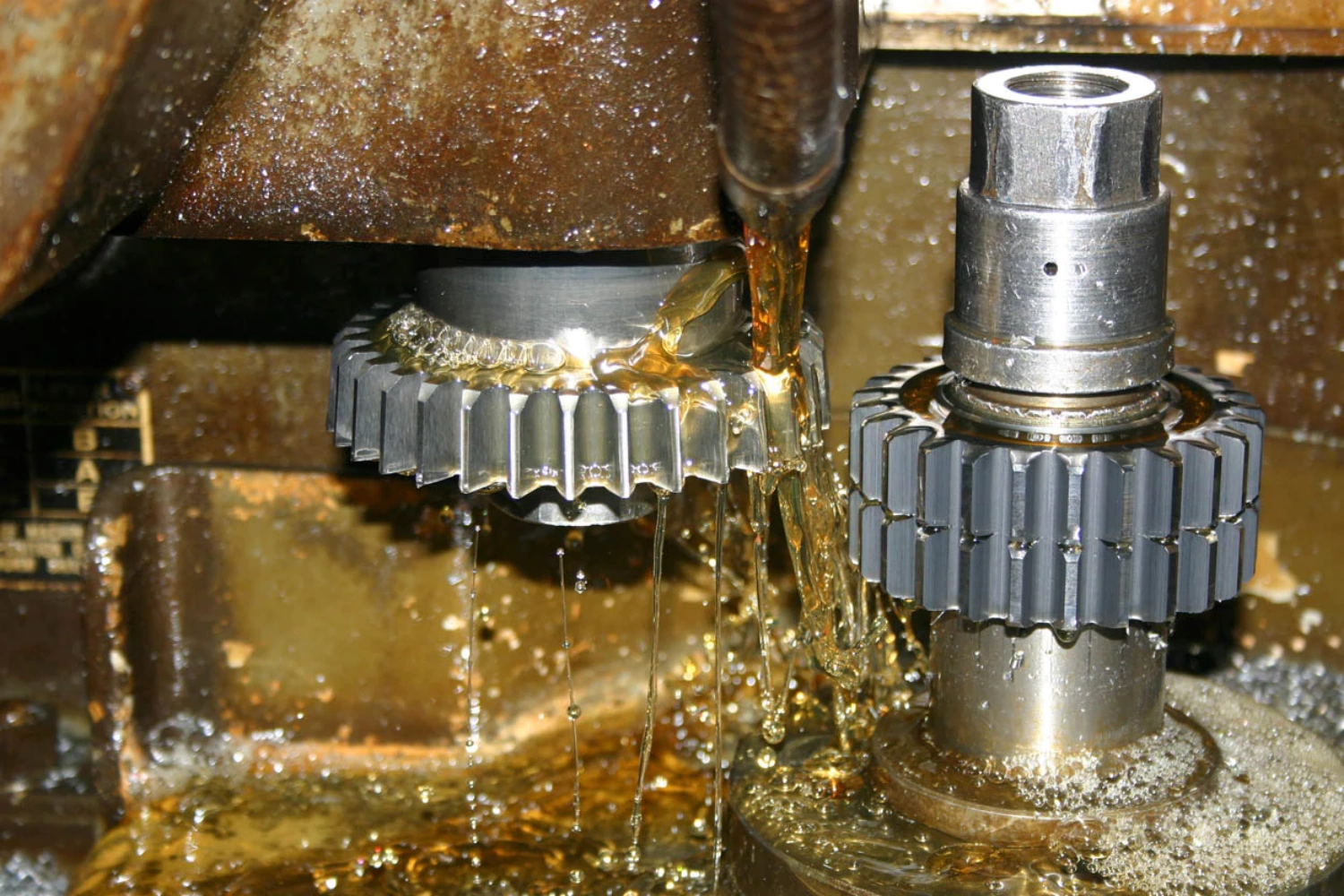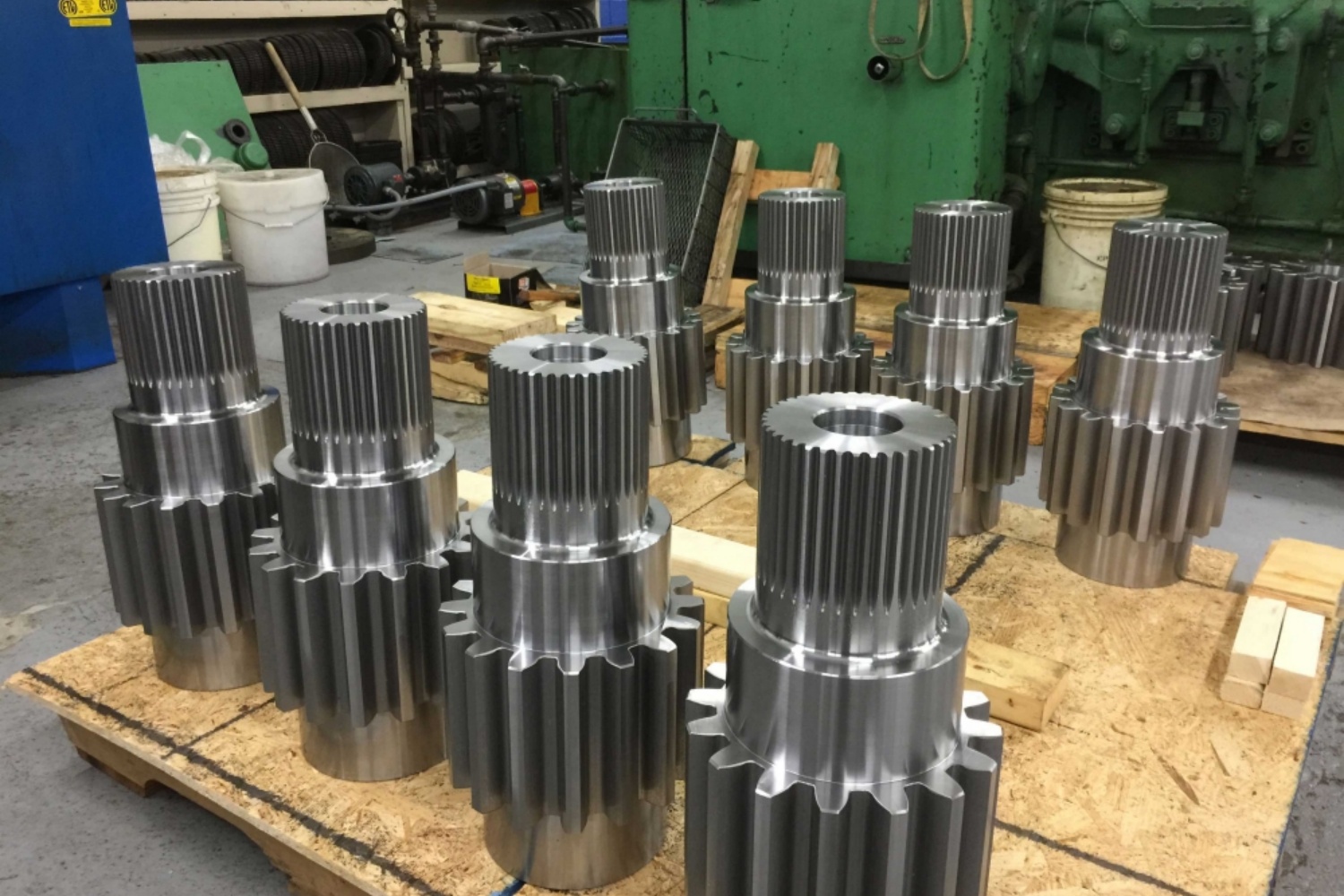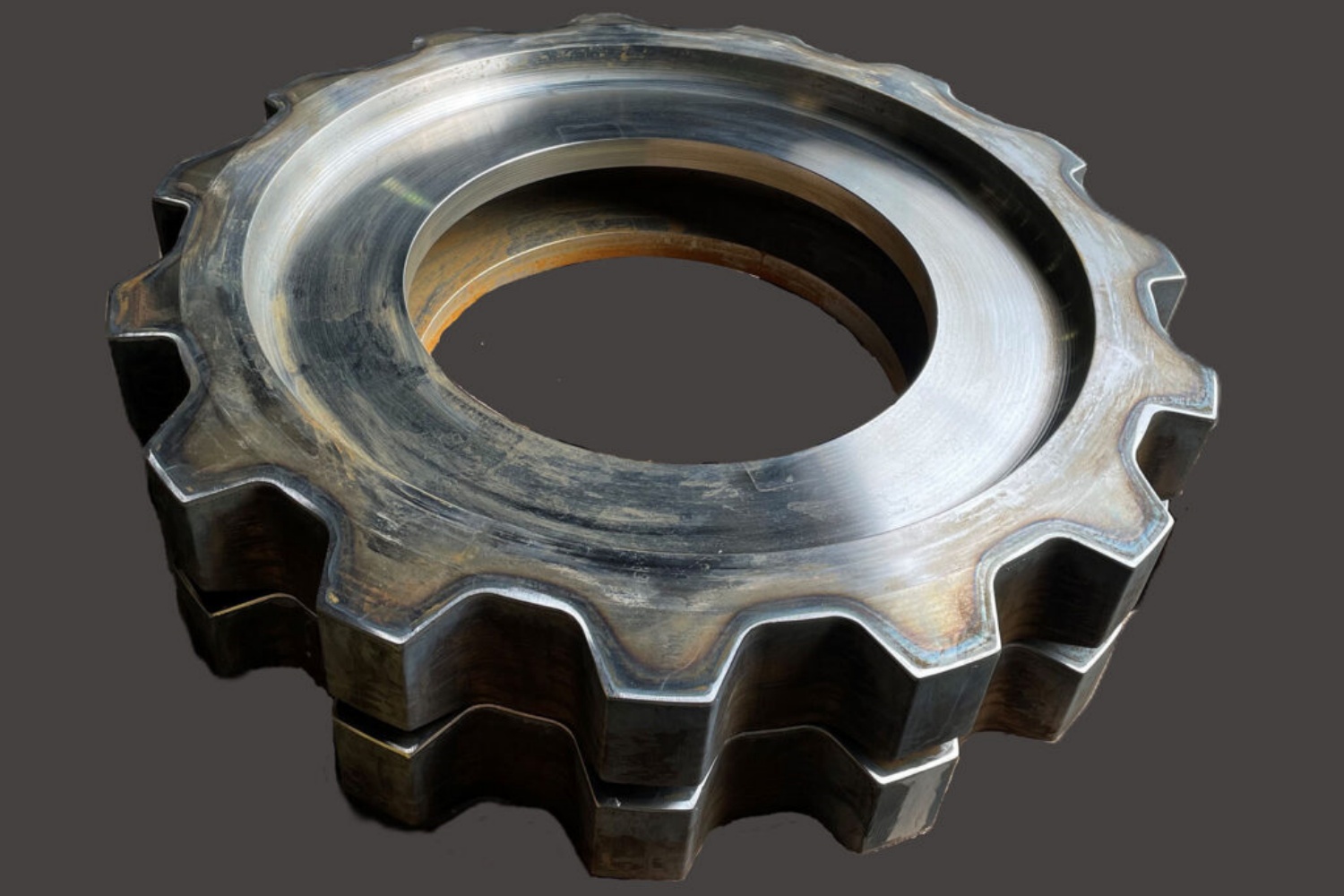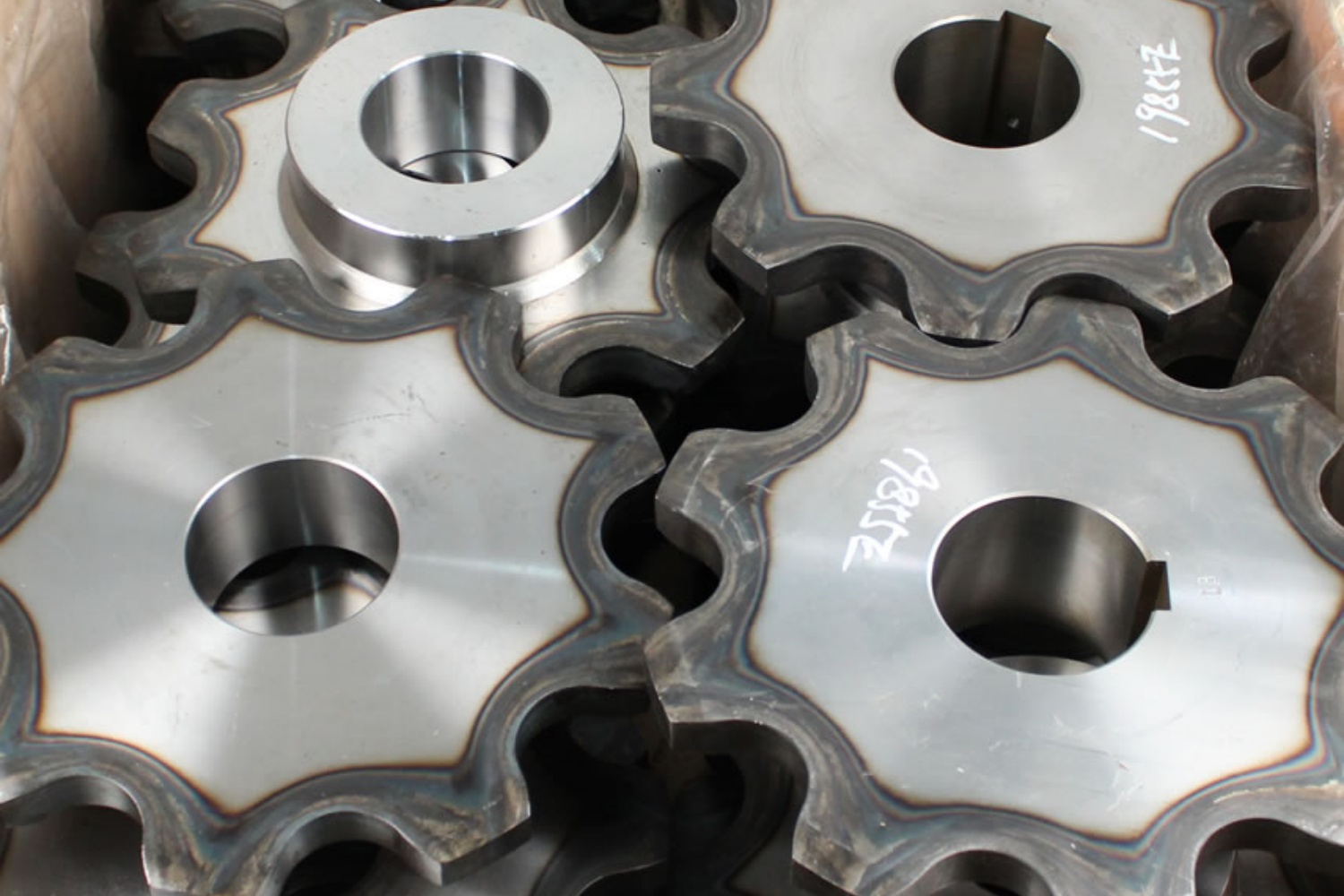In mechanical drives, gears are essential for transmitting motion, power, and torque across various applications. Two of the most commonly used gear types are helical gears and spur gears. Though both serve the primary function of power transmission, each has unique features suited to different applications. Understanding these differences can help determine which gear type is best for specific machinery needs.
Teeth Orientation: Helical vs. Spur Gears
One of the key differences between helical and spur gears lies in their tooth alignment. The tooth alignment significantly impacts how each gear engages with its mating gear, thus affecting its performance and durability.
- Spur Gears: The teeth of spur gears are aligned parallel to the axis of the gear. When these gears mesh, there is immediate impact or shock loading at the point of contact, which can lead to vibration and reduced lifespan.
- Helical Gears: The teeth of helical gears are cut at an angle to the axis of the gear. This helical angle allows for gradual tooth engagement, minimizing shock loading and extending the gear’s lifespan. This gradual loading also reduces vibration, enabling quieter operation.

Basic Differences Between Helical and Spur Gears
While both helical and spur gears are designed to transmit power between parallel shafts, the structural differences dictate their best-suited applications.
Spur Gears:
- Simplest Design: Spur gears have straight teeth that are parallel to the gear axis.
- Power Transmission: Spur gears are mainly used to transmit power between parallel shafts.
- Noise and Vibration: Spur gears generate noticeable noise and vibration due to the immediate tooth-to-tooth contact.
Helical Gears:
- Helical Teeth: Helical gears have teeth that are angled at a helical shape, forming a continuous curve.
- Power Transmission: Helical gears are more versatile, capable of transmitting power between both parallel and crossed shafts.
- Reduced Noise and Vibration: Due to their gradual engagement, helical gears offer smoother, quieter operation, even at high speeds.
Complex Differences Between Helical and Spur Gears
The following table outlines the more detailed differences between helical and spur gears, highlighting key factors that affect their application and performance:
| Feature | Helical Gears | Spur Gears |
| Teeth Orientation | Teeth are inclined at an angle (helix angle). | Teeth are parallel to the axis of the gear. |
| Load on Bearings | Imposes both radial and axial thrust loads. | Imposes only radial load on bearings. |
| Bearing Type | Utilizes both radial and axial load bearings. | Utilizes only radial bearings. |
| Shaft Alignment | Used for both parallel and crossed shafts. | Used for parallel shafts only. |
| Tooth Engagement | Gradual engagement across the tooth face. | Instant engagement across the tooth face. |
| Load Build-Up | Mating teeth load builds gradually. | Mating teeth subject to immediate impact. |
| Vibration | Reduced vibration due to gradual loading. | Increased vibration due to immediate load. |
| Noise Level | Quiet operation, even at high speeds. | Noticeable noise due to sudden impact loading. |
| Pitch Diameter | Increases with the helix angle. | Calculated by Teeth/Pitch. |
| Manufacturing Complexity | Requires three-dimensional cutting. | Cut using two-dimensional motion. |
| Angle Range | Can transfer motion at angles from 0° to 90°. | Transfers motion only between parallel shafts. |
When to Use Helical or Spur Gears
- Spur Gears: Because of their simplicity and ease of manufacturing, spur gears are ideal for applications where noise and vibration are not a major concern. They are commonly used in applications where the gears are used to transmit motion between shafts that are in close alignment.
- Helical Gears: These gears are preferred in high-speed applications, where quiet and smooth operation is essential. Their ability to transfer motion between both parallel and non-parallel shafts (up to 90°) makes them highly versatile, especially in complex machinery and power transmission systems.
Choosing between helical and spur gears depends largely on the specific requirements of the application, such as load, speed, alignment, and noise sensitivity. Helical gears are ideal for higher speeds and applications requiring smooth, quiet operation, while spur gears are a simpler and cost-effective solution for applications with parallel shafts and less stringent noise and vibration constraints.
Understanding the differences between these two gear types is crucial in selecting the right one for your mechanical systems. Whether you’re designing a simple power transmission system or a complex gearbox, making an informed choice can significantly improve the efficiency and longevity of your machinery.

CONTINUE READING
Related Posts
In the dynamic landscape of mechanical engineering, spline shafts have played a pivotal role in power transmission and motion control. […]
In the world of industrial machinery, sprockets play a critical role in the efficiency, performance, and durability of various equipment. […]
Conveyor sprockets are vital in material handling systems, driving the chains and belts that transport products across various industries. In […]




